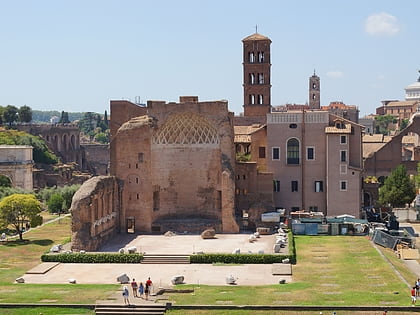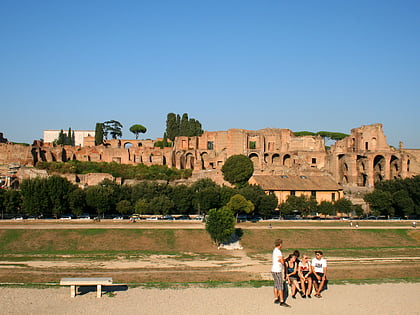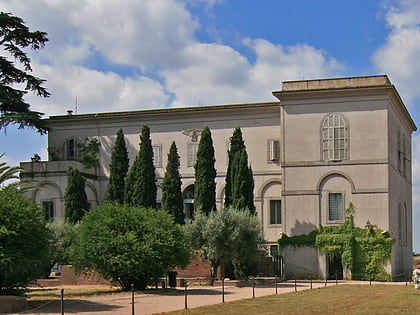Domus Augustana, Rome
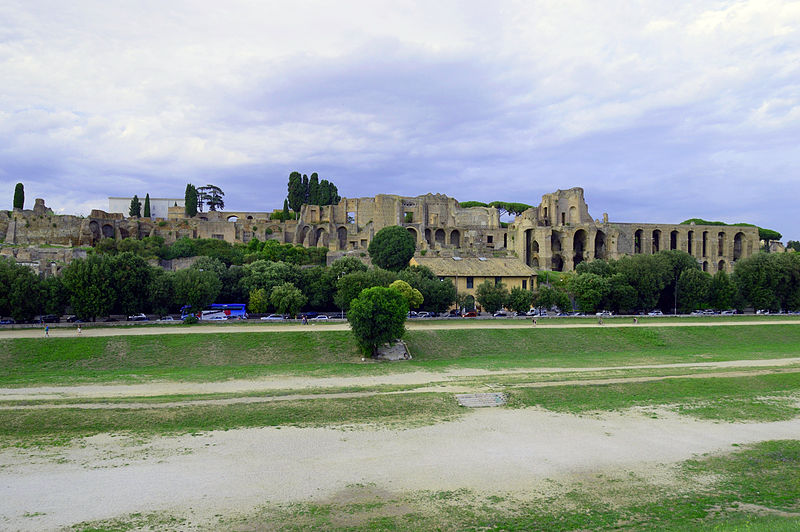
Facts and practical information
Nestled in the heart of Rome, the Domus Augustana is a historical landmark that offers a glimpse into the grandeur of ancient Roman architecture and the opulent lifestyle of its imperial residents. This palatial complex, once the luxurious residence of Roman emperors, stands as a testament to the power and prestige of the rulers of ancient Rome.
The Domus Augustana, part of the larger Palatine Hill complex, was constructed in the 1st century AD during the reign of Emperor Domitian. The site features the remains of vast halls, private chambers, and expansive courtyards, all designed with intricate detail and artistic finesse. The architecture of the Domus Augustana is characterized by its sophisticated design and the use of luxurious materials, including marble and mosaics, which would have reflected the wealth and influence of the emperor.
Visitors to the Domus Augustana can explore the remnants of this once-magnificent imperial palace and marvel at the sophisticated engineering that allowed for such an elaborate construction. The complex also provides insight into the daily lives of the Roman elite, with its sprawling gardens, fountains, and ornate decoration suggesting a life of leisure and opulence.
As a centerpiece of the Roman historical narrative, the Domus Augustana is a must-see for history buffs and those interested in the evolution of architectural design. The ruins evoke the splendor of a bygone era and serve as a stark reminder of the transient nature of power and prestige.
Open to tourists, the site can be visited as part of a broader exploration of the Palatine Hill, which is rich in archaeological treasures. Walking through the remains of the Domus Augustana, visitors can almost hear the echoes of ancient Rome, its politics, and its pageantry, and leave with a deeper appreciation for the city's enduring legacy.
CampitelliRome
Domus Augustana – popular in the area (distance from the attraction)
Nearby attractions include: Roman Forum, Arch of Constantine, Circus Maximus, Tabularium.
Frequently Asked Questions (FAQ)
Which popular attractions are close to Domus Augustana?
How to get to Domus Augustana by public transport?
Bus
- S. Gregorio • Lines: 118, 51, 673, 75, 81, 85, 87, C3, n10, n11, n2, n2;nMB (5 min walk)
- Cerchi/Porta Capena • Lines: 628, 85, 87, C3 (6 min walk)
Tram
- Parco Celio • Lines: 3, 8 (6 min walk)
- Aventino/Circo Massimo • Lines: 3, 8 (9 min walk)
Metro
- Circo Massimo • Lines: B (9 min walk)
- Colosseo • Lines: B (9 min walk)
Ferry
- Isola Tiberina • Lines: Battelli di Roma (16 min walk)
- Ponte Cavour (34 min walk)
Light rail
- Roma Porta San Paolo • Lines: Fc2 (24 min walk)
- Termini Laziali • Lines: Fc1 (30 min walk)
Train
- Roma Termini (30 min walk)
- Roma Trastevere (39 min walk)


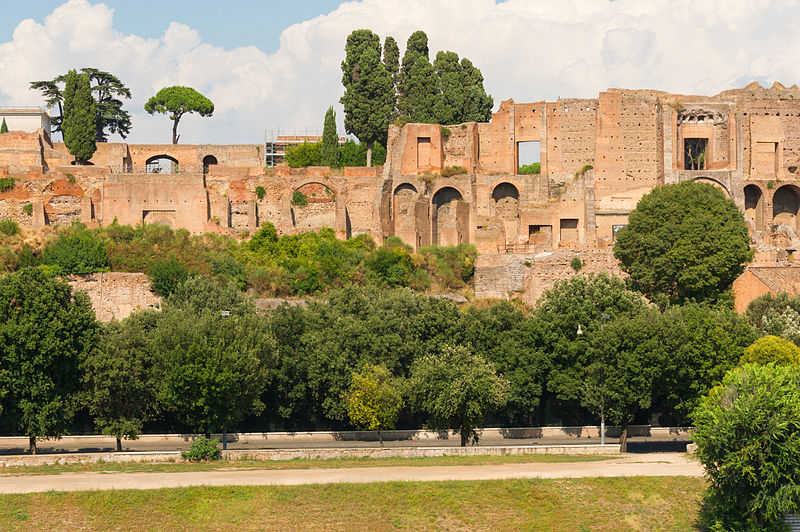
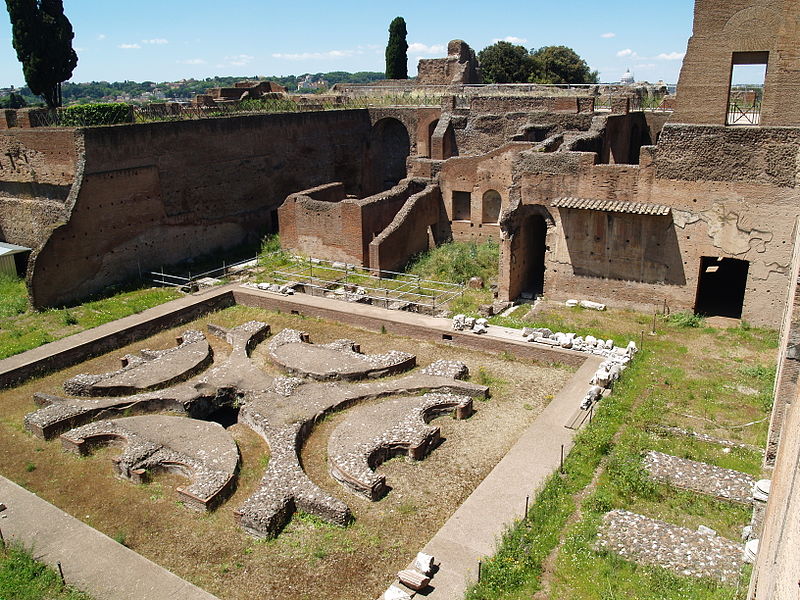
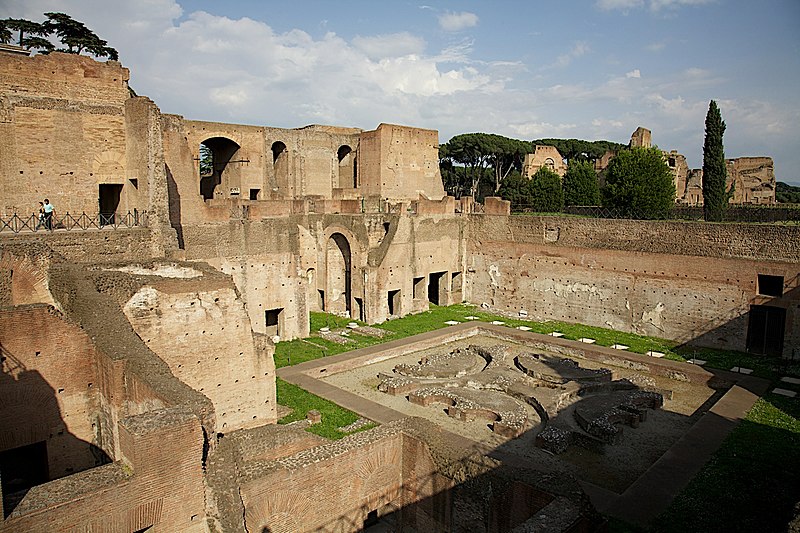
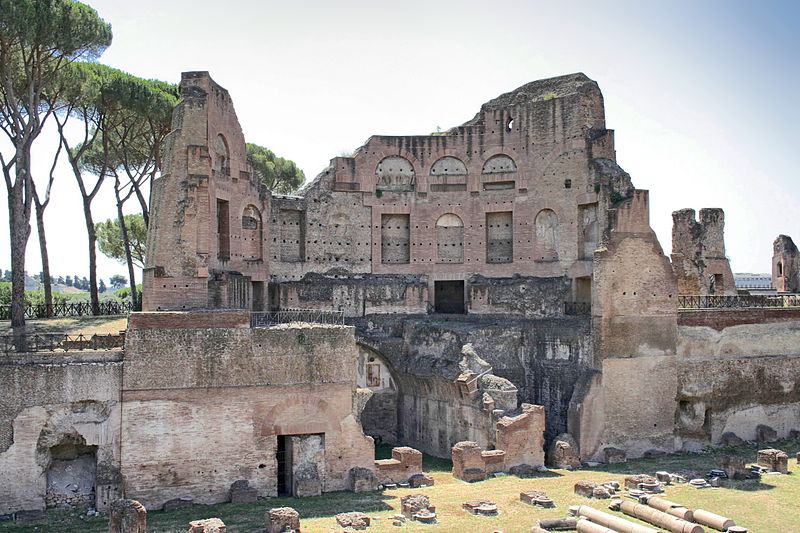
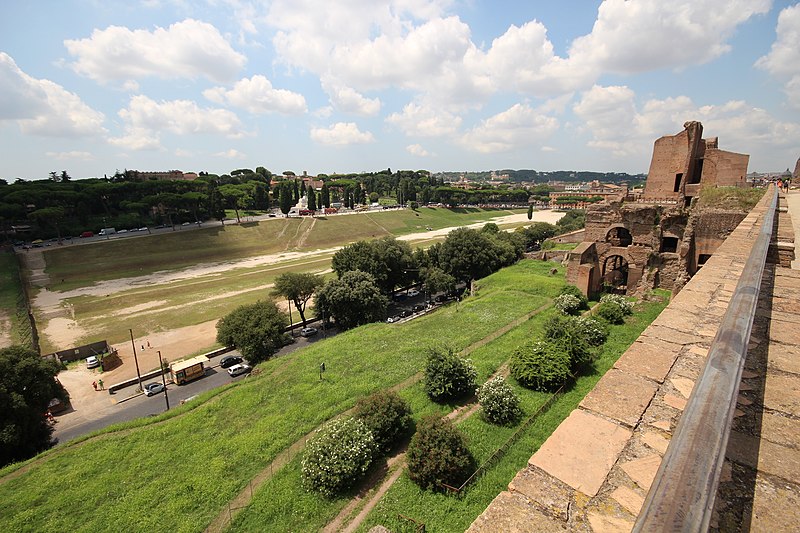

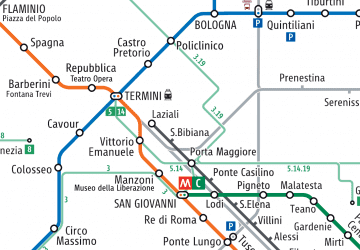 Metro / Tram / Rail
Metro / Tram / Rail







